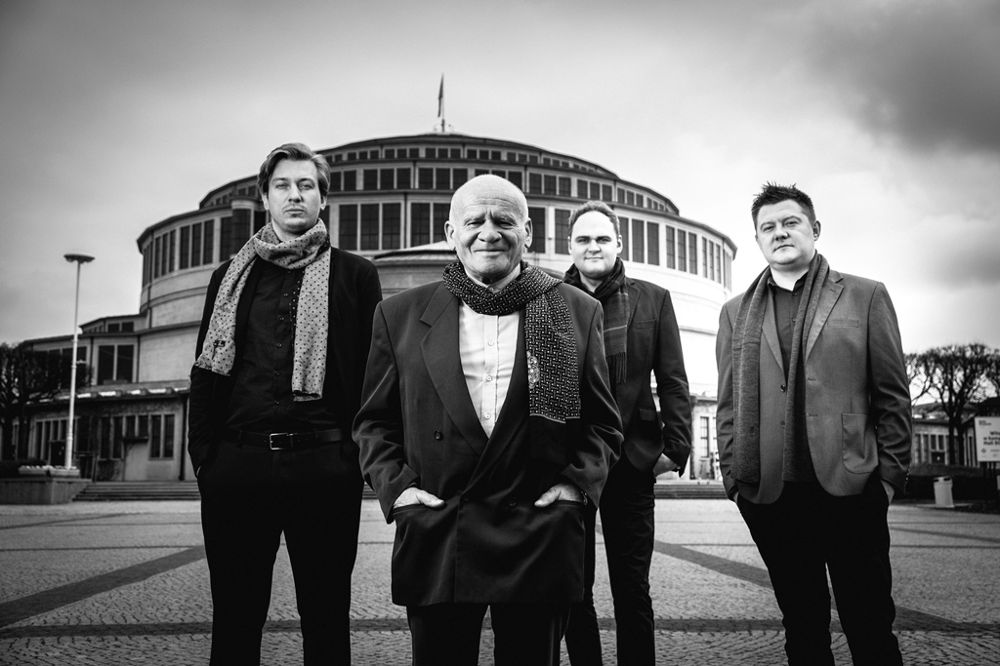
Band line-up:
Jerzy Kaczmarek - piano;
Tomasz Wendt- tenor saxophone;
Grzegorz Piasecki- double bass;
Piotr Zarecki - percussion
In the 1970s and 1980s, the Jerzy Kaczmarek Wilcze Sidła quartet often used to perform at the Rura jazz club in Wrocław. After several decades of break, the pianist reactivated the band and invited younger colleagues to cooperate. Their performance from November 24th, 2020, as part of the "Bass & Beat Festival", has just been released. Seven compositions were recorded, five out of which are written by the leader, one by all members of the quartet, and one by the jazz standard, Walter Gross. Jerzy Kaczmarek's formation continues the style of modern mainstream, especially appreciated in the recordings of the Michael Brecker’s quartet with Joey Caldrerazzo on the piano and during the play of pianists: Herbie Hancock, Kenny Kirkland and McCoy Tyner, on jazz albums. These were their creative achievements that significantly defined the attributes of contemporary hard-bop. Following this trend, chords dense in components, historical scales combined with speculative ones, expressive and extensive improvisations, as well as creative "walking" play a fundamental role.
The above-mentioned features also characterize and define the statements of Jerzy Kaczmarek quartet. Simultaneously, they indicate a high aesthetic threshold that was set by the leader and which, in my opinion, he managed to achieve with the significant help of his colleagues. It starts intriguingly. The double bass player plays in 4/4 meter very fast quarter-note courses. After some time, the drummer joins him and together in "fast walking" they rush up to the 32nd bar inclusive. Now there are sounds of a tenor saxophone with an exposition of a melodic theme, and with them sophisticated, sometimes balancing on the verge of tonality, chords on the piano. Created in this way, full of great energy, the narration, combined with an excellent tenor solo by Tomasz Wendt, lasts until the finale. I am not going to describe the following tracks in such detail, but I would like to add that they raise the drama of the album even more, differentiating its tensions and sound messages. And so, on the album there is a combination of New Orleans funk with traditional "walking", a jazz ballad, a pulsation inspired by the rhythm section in Ahmad Jamal's Poinciana, an allegory of molo blues in compound meter (intro in 4/4), a composition referring to jazz blues and samba. The musicians are great improvisers, they build logical and energetic solos, they inspire each other, and the presentations are filled with joy of making music together. It is a great album for all fans of jazz and improvised music.
Reviewed by Piotr Kałużny